Are you new to sewing? Always wanted to learn but didn’t know where to start? I have a few tips to point you in the right direction to help you decide what to sew. Plus there’s two simple little projects that are easy for even the newest newbie!
Start Small
When learning to sew, don’t start with a king-size quilt or a 3-piece suit. You want to make a small project such as a pillowcase, journal cover or simple purse that is fairly quick to sew. Use these as practice pieces before you tackle new draperies for your living room. I have seen more than one new sewer become overwhelmed and give up, not because it was too hard, but because it was just too much! Click here for a small project that’s fast, fun, and easy – the Diamond Quilted Trivet.
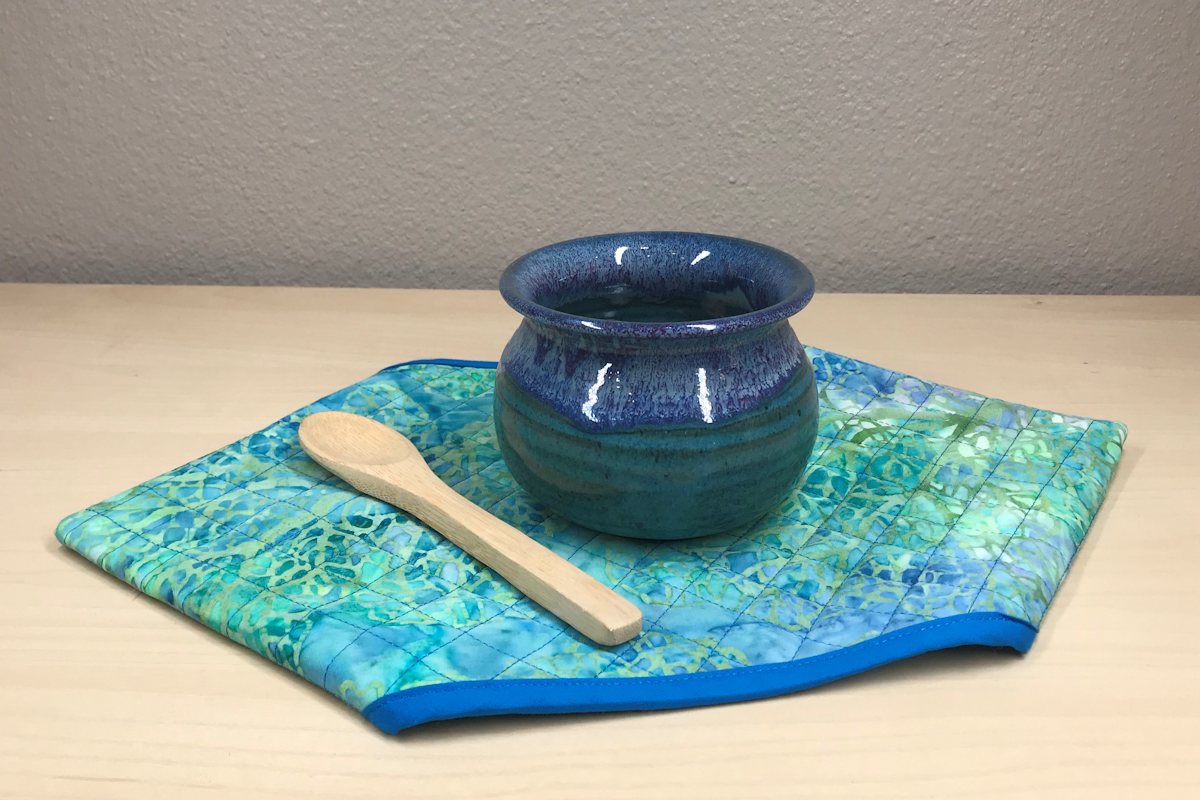
Friendly Fabric
Select your fabric carefully. Working on thick fabrics, sheers, or other challenging fabrics means that you spend time fighting the material, which distracts you from learning to sew. It also makes you think that sewing is hard when it is simply the wrong choice of fabric. Use 100% quilting cottons for your first few projects. It is easy to sew, and you have an almost unlimited selection of solids, prints and colors from which to choose.
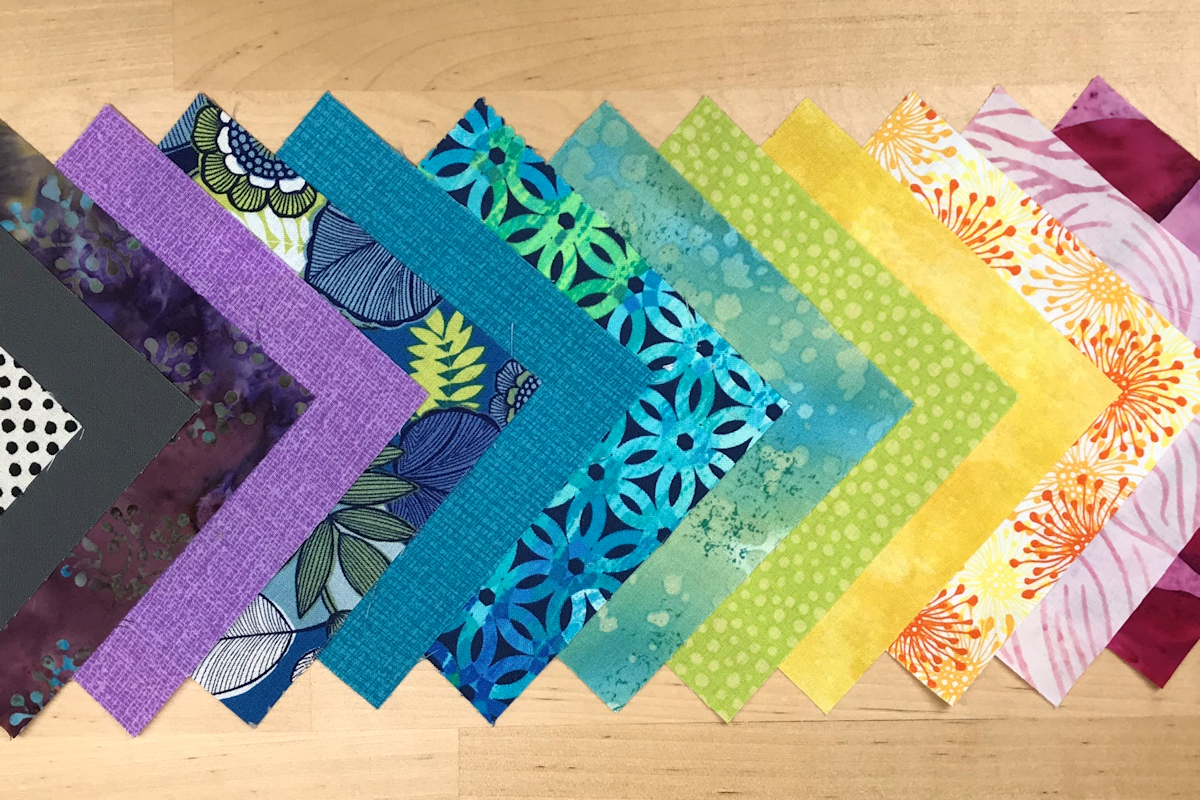
Simple Sewing
If making garments, go for simple styles that have a limited number of pattern pieces. No collars or cuffs, no buttons, and absolutely no lining. Look for patterns that are labeled as “easy” or “quick”.
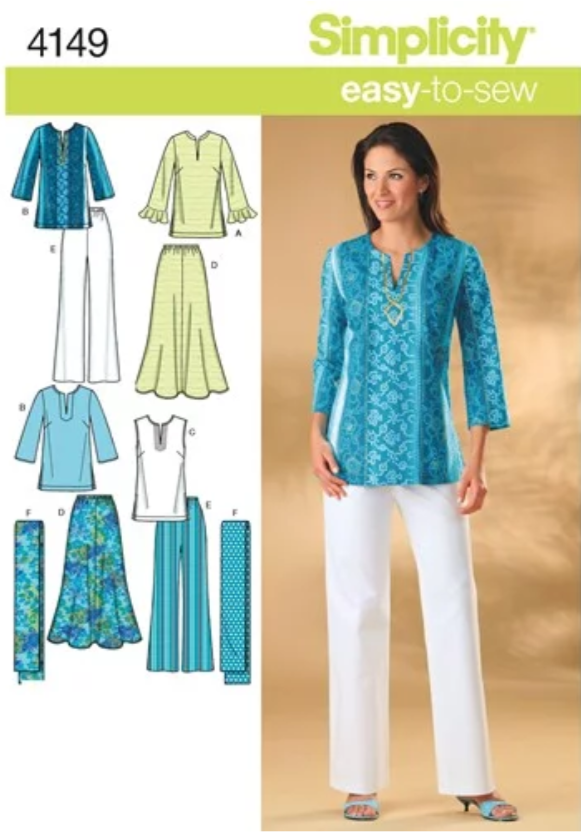
First Project
This is a great project for beginners, even those who have never sewn before! This key fob is useful, makes a great gift and is so much fun you may decide to make a dozen! It doesn’t take much fabric so you can use some of your favorites from your stash (if you have one).
Supplies
- Fabric: One piece, 4” x 14” of quilting cotton
- Fusible Fleece: One piece, 4” x 14”. I used OESD Fuse ‘n Fleece. It adds just enough body and structure to the fabric.
- Hardware: One 2-piece 1″ key fob hardware set (found at craft and fabric stores).
- Tool: I used key fob pliers. They have rubber tips and are also used for working with stained glass. You can find these at craft stores or online. You may use regular pliers but will need to cover the hardware with a fabric swatch to protect it.
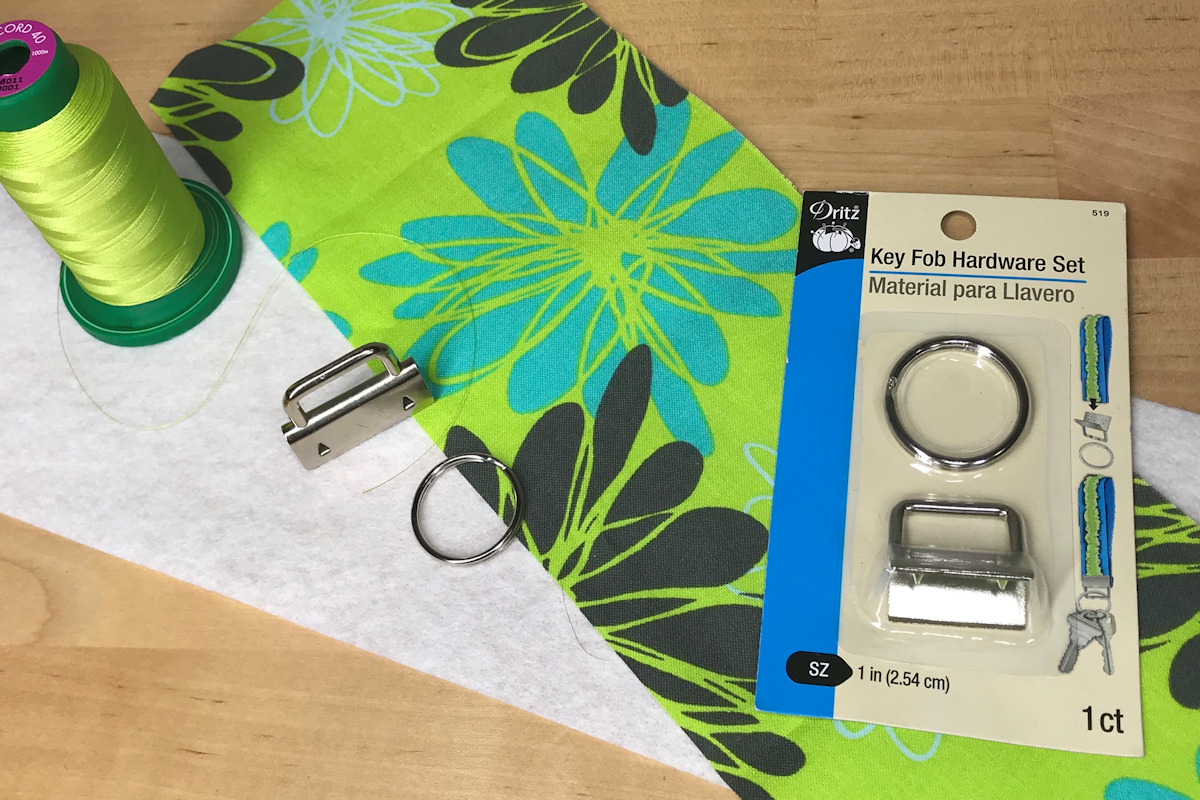
Presser Feet Options
This project is sewn with straight and zigzag stitches, so an all-purpose foot is sufficient for all of the stitching. But I like to use an open embroidery foot because I can see exactly where I am stitching.
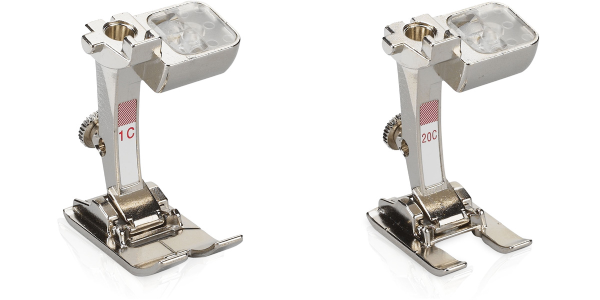
Press the fusible fleece to the wrong side of the fabric strip following the instructions that came with it.
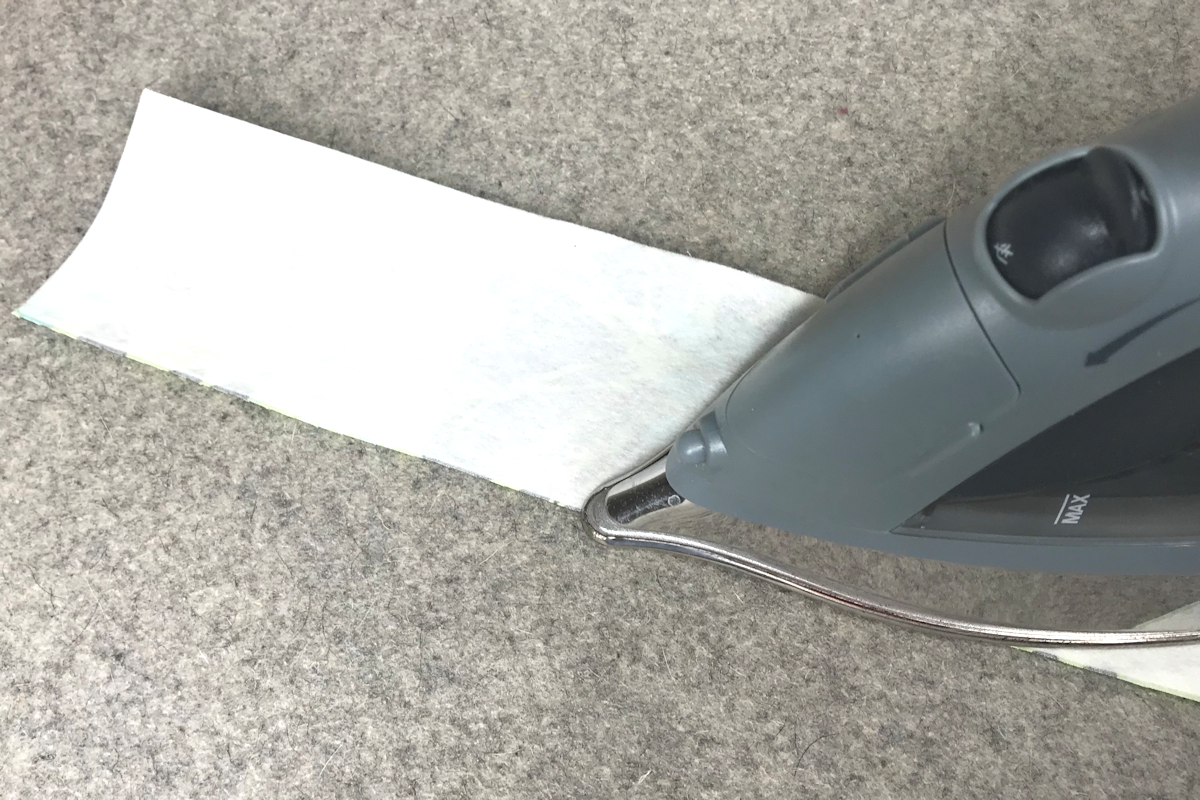
After fusing the fleece, fold the strip in half lengthwise and press. Open it out and fold each edge into the center crease, so they meet in the middle of the strip.
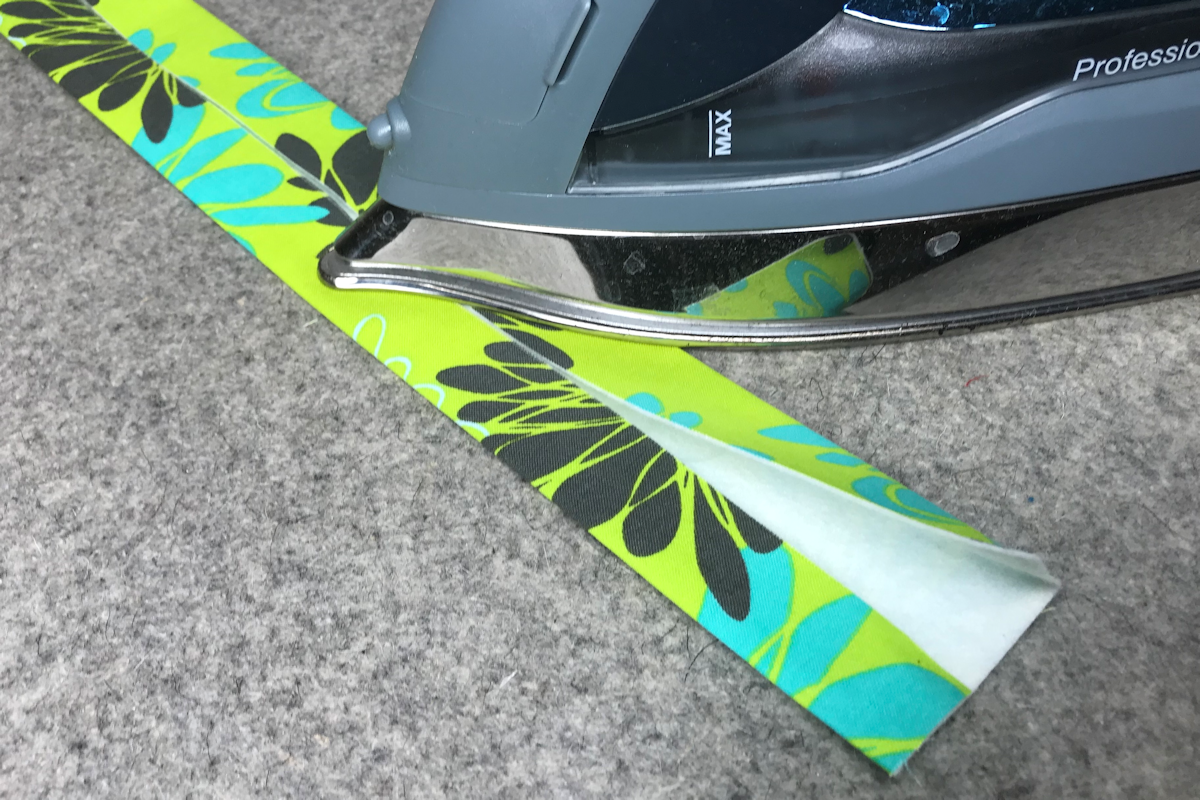
Fold it in half again and press. The strip should now be about 1” wide and have no raw edges showing except for the short ends. Using a straight stitch, sew down the long edge that is open. I place the edge of the fabric against the inside right toe of the open embroidery foot and adjust my needle position, so it sews close to the edge. As long as I keep the key fob next to the toe, I’m stitching perfectly parallel to the fabric edge. When you finish that side, stitch down the other side, sewing along the edge in the same way.
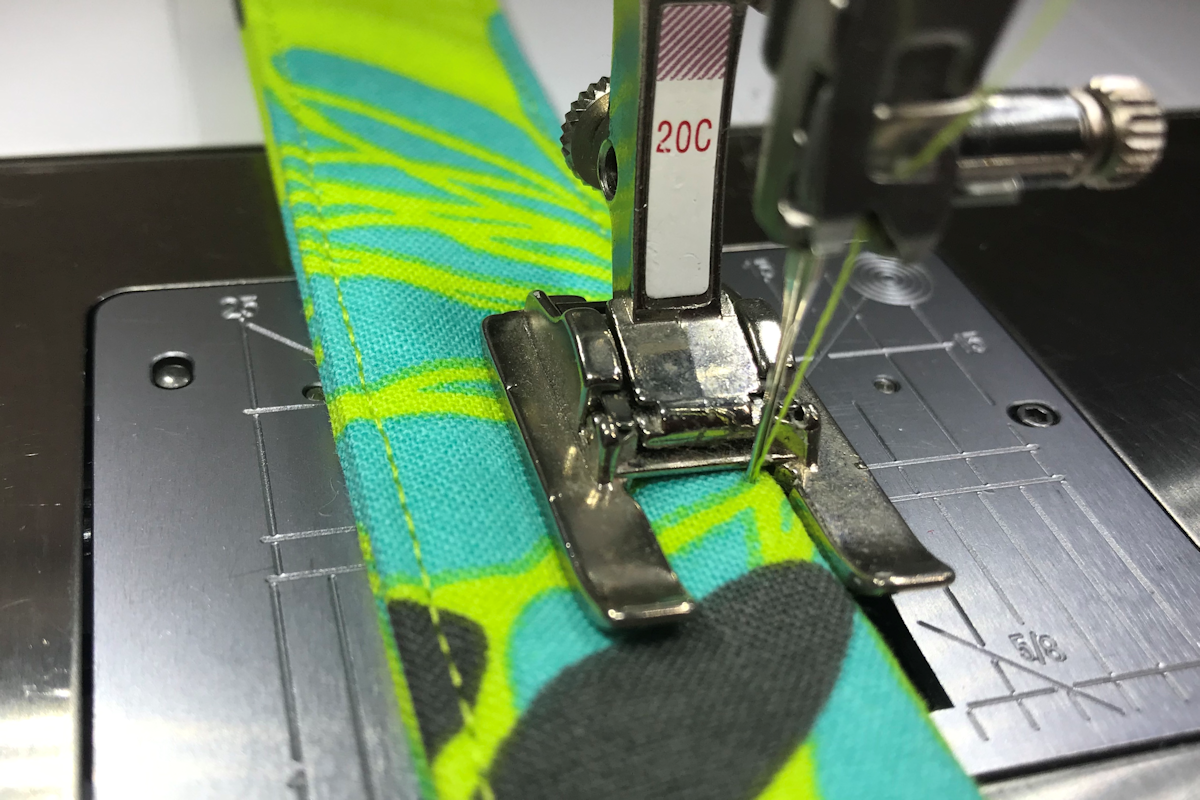
Fold the stitched strip in half and zigzag across the short ends to hold them together. Go across the end and then hold the reverse button and zigzag back across the strip.
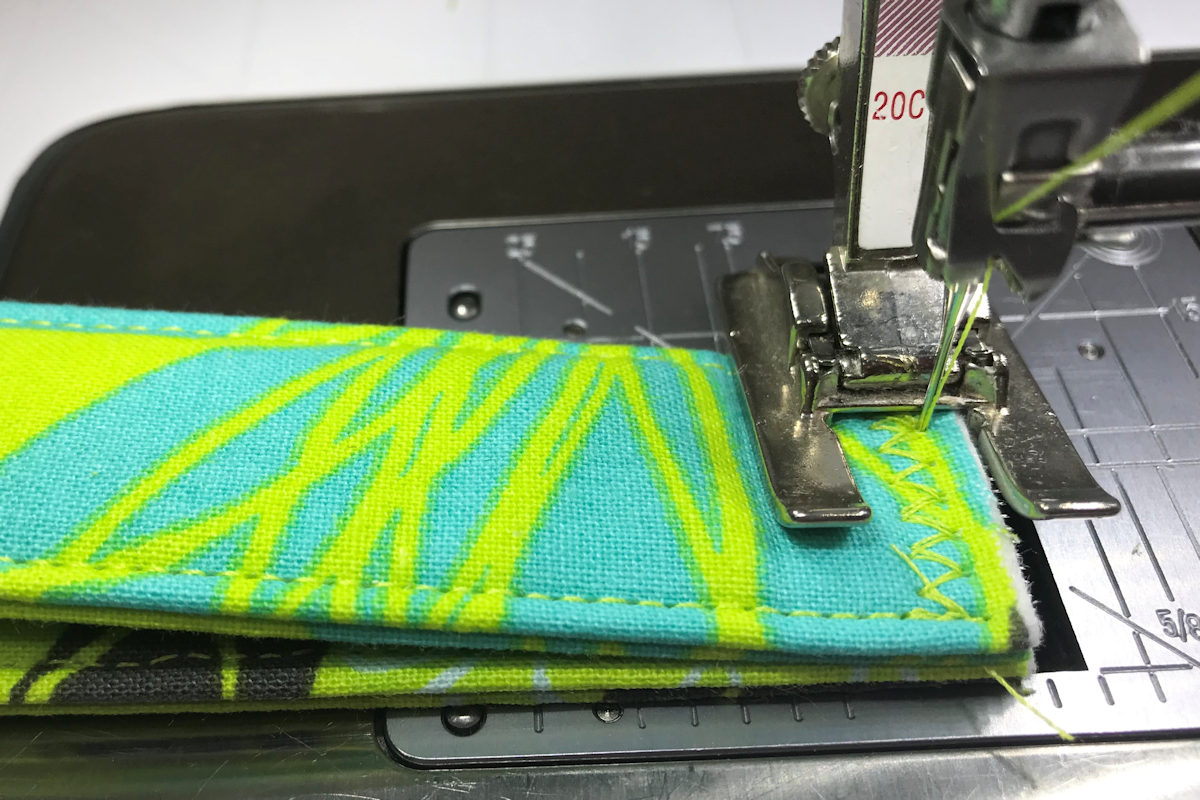
Place the stitched ends of the fabric into the fob hardware. Using pliers or the key fob tool, squeeze the hardware together so it holds the fabric tightly.
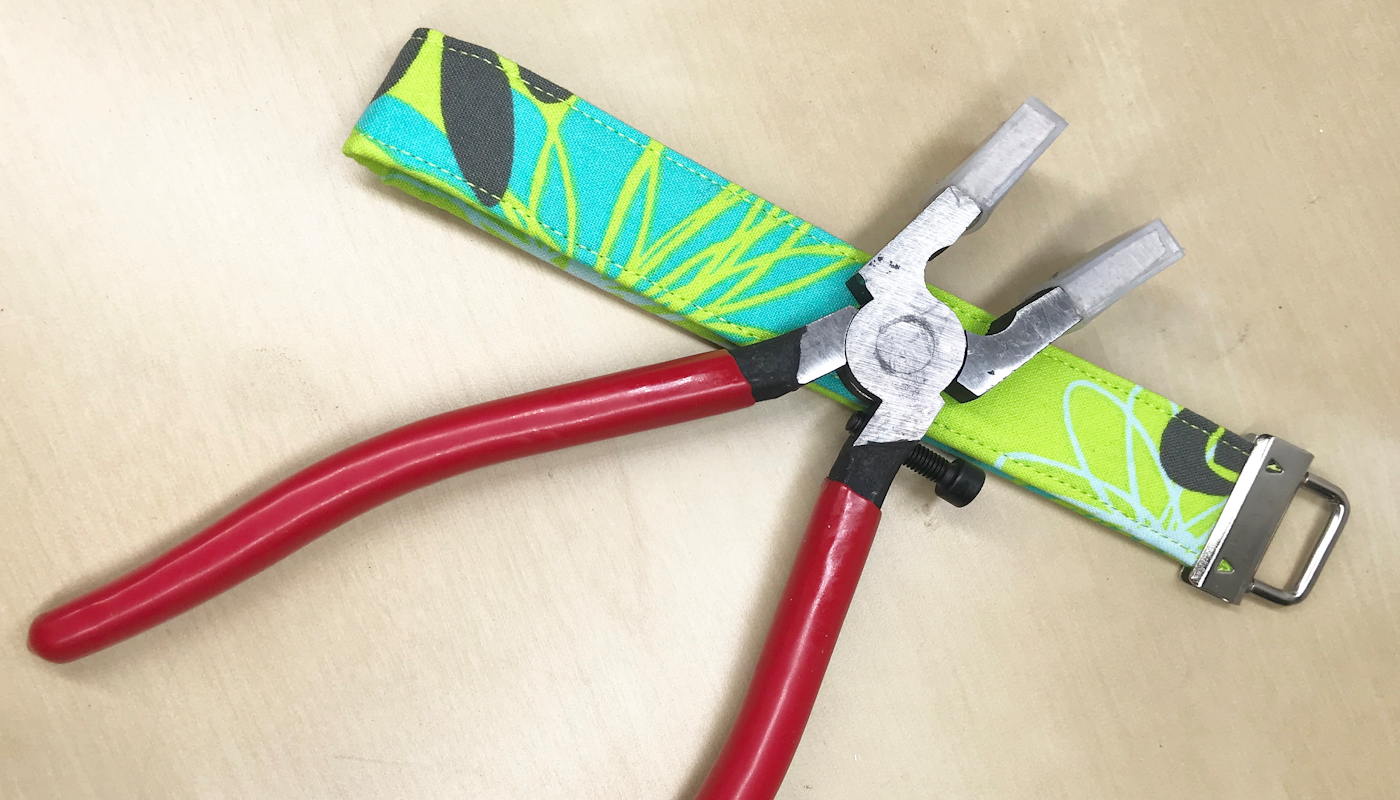
Add the split ring to the key fob hardware. Put your keys on the fob and you’ll never lose them again (I wish!).
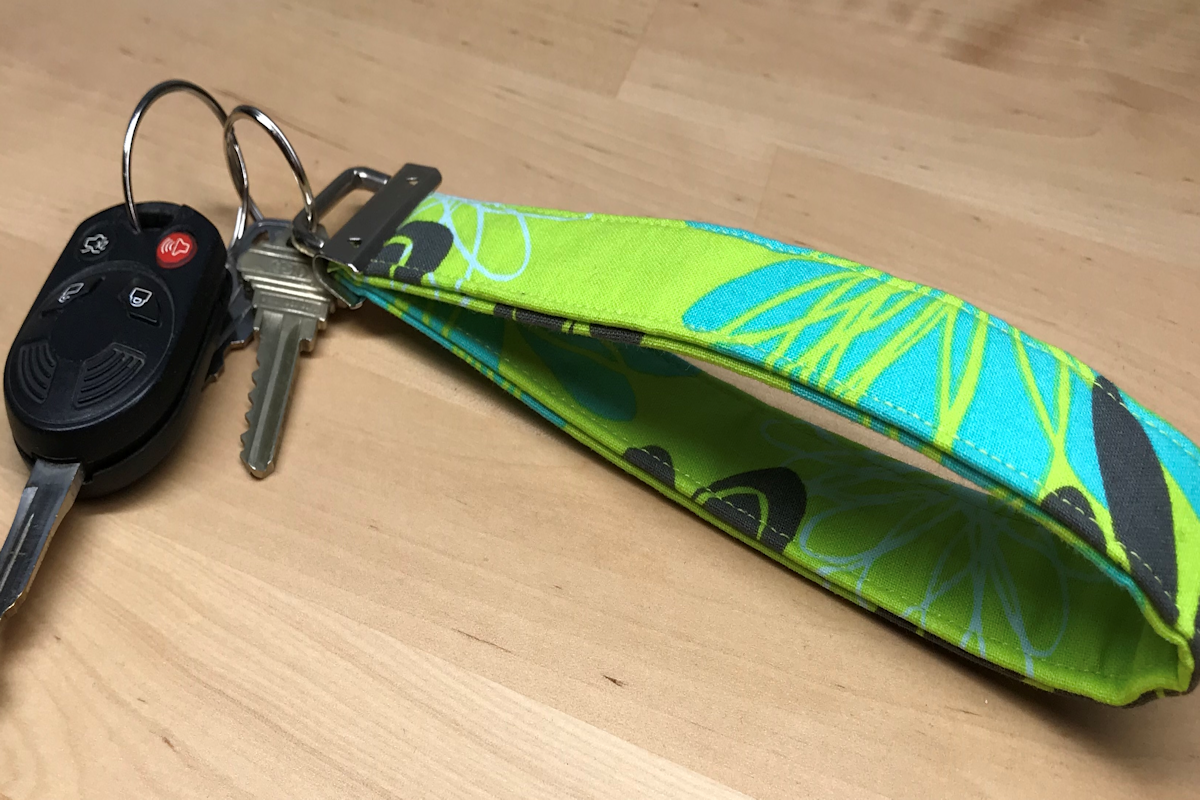
Join the Sewfeet Community!
Click here to sign up for our newsletter and join the Sewfeet Community! Once a month, I’ll send you sewing tips and let you know about new blog posts so you can keep up with all the fun things I want to share with you. Thanks for stopping by and I’ll “see” you soon!


